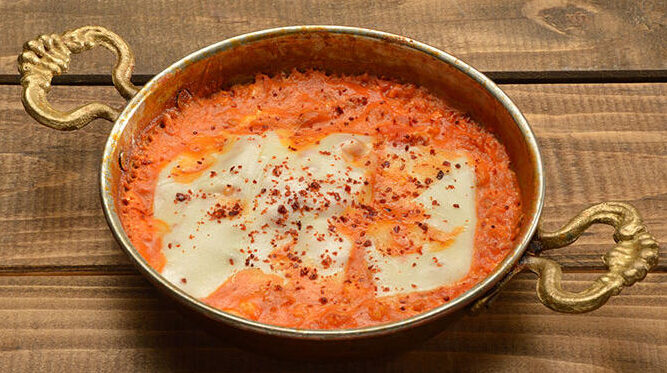Transmission of Cultural Heritage – Interview with Belgin Sagdic
Geographical Indication registrations in Turkey have increased in recent years. What is the reason for it?
The purpose of the geographical indication is to contribute to rural development. Since a geographical indication is an indication that a product is produced by traditional methods or that an agricultural product bears the unique characteristics of that region, it is known that the consumer tends to prefer this geographically indicated product and even pay more for it. And, this makes the geographical indication attractive for the producers. The fact that geographical indication registration has turned into a service competition between municipalities and chambers of commerce in recent years also contributes to the development of the system. The most important service would be to create systems that can carry what we inherited from our ancestors to future generations by raising awareness in society about the purpose of the geographical indication.
One of the important contributions of the Industrial Property Law, which entered into force at the beginning of 2017, is the audit system brought to geographical indications. Thanks to this system, it has become compulsory to audit the geographical indication and the companies in its supply chain every year; for example, pistachios are the essential ingredient for Antep Baklava and they must be grown in Antep. With the new law, the pistachio manufacturer in the supply chain of the baklava has to also be audited. This reinforces consumers’ confidence in the geographical indication and encourages producers.

Another advantage of the new law in geographical indications is that it allows a product that was registered many years ago to be updated. Producing certain geographical indications, whose standards, production method, or cultivation method were registered many years ago, may not be possible due to the changes in developing technology, soil structure, or climate. With the update of the geographical indication, the products become reproducible and become advantageous to the owner and manufacturers with new production systems as a product that maintains its characteristics, e.g. Çubuk Pickle.

With the new law, it exists a new registration type called Traditional Speciality Guaranteed, and I think that most of the products that we registered as food types in the past are within the scope of the Traditional Speciality Guaranteed. Traditional Speciality Guaranteed (TSG) highlights the traditional aspects such as the way the product is made or its composition, without being linked to a specific geographical area. The name of a product being registered as a TSG protects it against falsification and misuse.

“In nature, state or country borders do not exist.”
It is important to understand and consider that the geographical indication is outside the administrative boundaries of a district, province, or country because there are no administrative boundaries in nature. A geographical indication is an indication of the characteristics that the air, water, soil of that geography adds or if this is a handicraft product, products that have traditionally been produced for years by that region, not only by a municipality but by the neighboring village or neighboring province or even by the neighboring country.
Are the Turkish Coffee (Mocca) or Baklava Debates between us and our neighboring countries and the news such as “The Greeks registered the baklava” also related to the geographical indication?
Same logic, nature has no administrative boundaries. We are two neighboring countries in the same region; we have Antep Baklava, and they can, of course, have Greek Baklava. After all, the riches of the Aegean are sufficient for both countries. There are even two types of çiğ köfte in Turkey: Adıyaman çiğ köfte, and Urfa çiğ köfte. Both are çiğ köfte, but Adıyaman çiğ köfte are made without meat and Urfa çiğ köfte are made with meat. For this reason, the fact that the products belonging to geography are monopolized by the country/city/municipality may create a negative perception.

And the abuse of the Geographical Indication for imitation?
One of the things that deeply effected me is that China released fake Hereke Carpets with the label “Made in Hereke” by naming a town in their country Hereke. Hereke is a unique weaving center located at the northern edge of Izmit Bay, near Istanbul, Turkey. The village of Hereke is recognized for producing the finest hand knotted carpets in the world. These special carpets represent the pinnacle of the Turkish carpet weaving tradition. Sultan Abdulmecid, Ottoman Emperor, established the Hereke Imperial Factory in 1843 to produce carpets, fabric, upholstery and curtains exclusively for the Ottoman Court.
Unlike the original, these carpets produced in factories in China with the label “Made in Hereke” are sold on online sales platforms all over the world at very high prices. The fact that sellers usually sell products produced in third countries as original products damage the collective goodwill. For the producers of the original products, this means unfair competition and leads to market loss. On the other hand, it makes it difficult for consumers to distinguish between the original product and the non-original product.



